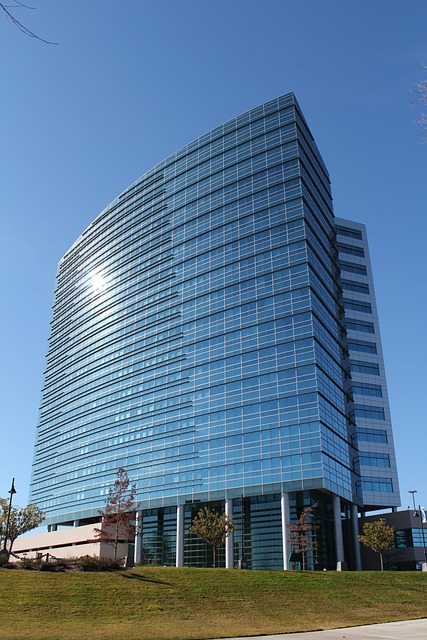As a seasoned expert in Project and Portfolio Management Office (PPMO), you are constantly searching for innovative frameworks and models to enhance project and portfolio performance. One such model that has been gaining traction in the industry is the ROPE Framework. This framework provides a structured approach to project and portfolio management, helping organizations achieve their strategic goals effectively. In this article, we will unravel the ROPE Framework, exploring its key components and offering tips for successful implementation.
Understanding the ROPE Framework
The Results Oriented Project Execution (ROPE) Framework is a cutting-edge, adaptable project management system. Combining principles from Scrum, Agile, SDLC, and Lean manufacturing, ROPE facilitates improved outcomes and maximize project value realization. ROPE accelerates Project and Program Delivery (PPD) value realization.
It is a holistic approach to project and portfolio management that emphasizes the importance of aligning resources, optimizing organizational structure, streamlining processes, and executing projects efficiently. By focusing on these key components, organizations can effectively manage their project portfolio, ensure project success, and drive business value.
Key Components of the ROPE Model
- Build Sheets as the Single Source of Execution Truth
Every mobilization item starts with a Build Sheet. It defines the item (application, equipment, or location, etc.), its systems, data stores, and dependencies. The Build Sheet is not just documentation—it becomes the operational plan for execution. It evolves into Cut Sheets, supports risk identification, and ensures accountability by making each item’s journey visible and traceable. - Sprint Planning That Connects Cut Sheets to Action
Weekly sprint planning is used to pull items from the Mobilization Matrix (the prioritized backlog) and prepare them for execution. This is not Agile in name only—ROPE uses it to align infrastructure and application teams to the business around real work, real risks, and real deadlines. Cut Sheets generated during planning capture the tasks, test cases, rollback plans, and validation steps necessary to move forward with confidence. - The Mobilization Train: Small Batches, Fast Feedback
ROPE doesn’t aim to do everything at once. Instead, work is broken into small, manageable batches—each one traveling through a “mobilization train.” This train provides structure, timing, and visibility for each mobilization (implementation, cutover, launch, etc.). It enables risk-managed execution with shorter learning cycles and more predictable outcomes. - RAID Visibility at the Program Level
Risks, Assumptions, Issues, and Decisions (RAID) aren’t buried in static spreadsheets—they’re surfaced through real-time reporting. The ROPE Framework treats RAID management as a force multiplier by elevating visibility, promoting fast escalation, and enabling program-wide awareness that drives better decision-making.
If you’re a senior leader you can explore the ROPE framework from the executive leader perspective. As a project manager you can dive into the ROPE framework details.
When you are ready to build your own execution engine and start delivering complex projects and programs with clarity, control, and confidence, grab your copy of the ROPE Framework. See how 25 years of industry leading insights improve the outcome of your strategic initiatives.
Implementing ROPE: Tips for Success
- Define Clear Objectives: Before implementing the ROPE Framework, it is essential to define clear project objectives and align them with organizational goals. This will ensure that projects are strategically aligned and contribute to the overall success of the organization.
- Engage Stakeholders: Engaging stakeholders throughout the project lifecycle is crucial for successful implementation of the ROPE Framework. By involving key stakeholders in decision-making processes and communication channels, organizations can ensure project buy-in and support.
- Continuous Improvement: The ROPE Framework is a dynamic model that requires continuous monitoring and improvement. By regularly evaluating project performance, identifying areas for improvement, and implementing changes, organizations can adapt to changing conditions and enhance project and portfolio management practices.
In conclusion, the ROPE Framework is a valuable tool for PPMO practitioners and project management professionals looking to enhance project and portfolio performance. By understanding the key components of the ROPE model and implementing it effectively, organizations can achieve their strategic goals, drive business value, and ensure project success. With a focus on results, the ROPE Framework provides a structured approach to project and portfolio management that can help organizations navigate the complexities of project delivery.
Reference
- Brown, A. (2018). “Optimizing Organizational Structure for Project Success.” Harvard Business Review.
- Datacenter Migration using the ROPE Framework — Results Oriented Project Execution
- Results Oriented Project Execution (ROPE) Framework — A Practical Approach to Successfully Completing Complex Projects and Programs













3 thoughts on “Unveiling the Magic of the ROPE Framework”
Comments are closed.